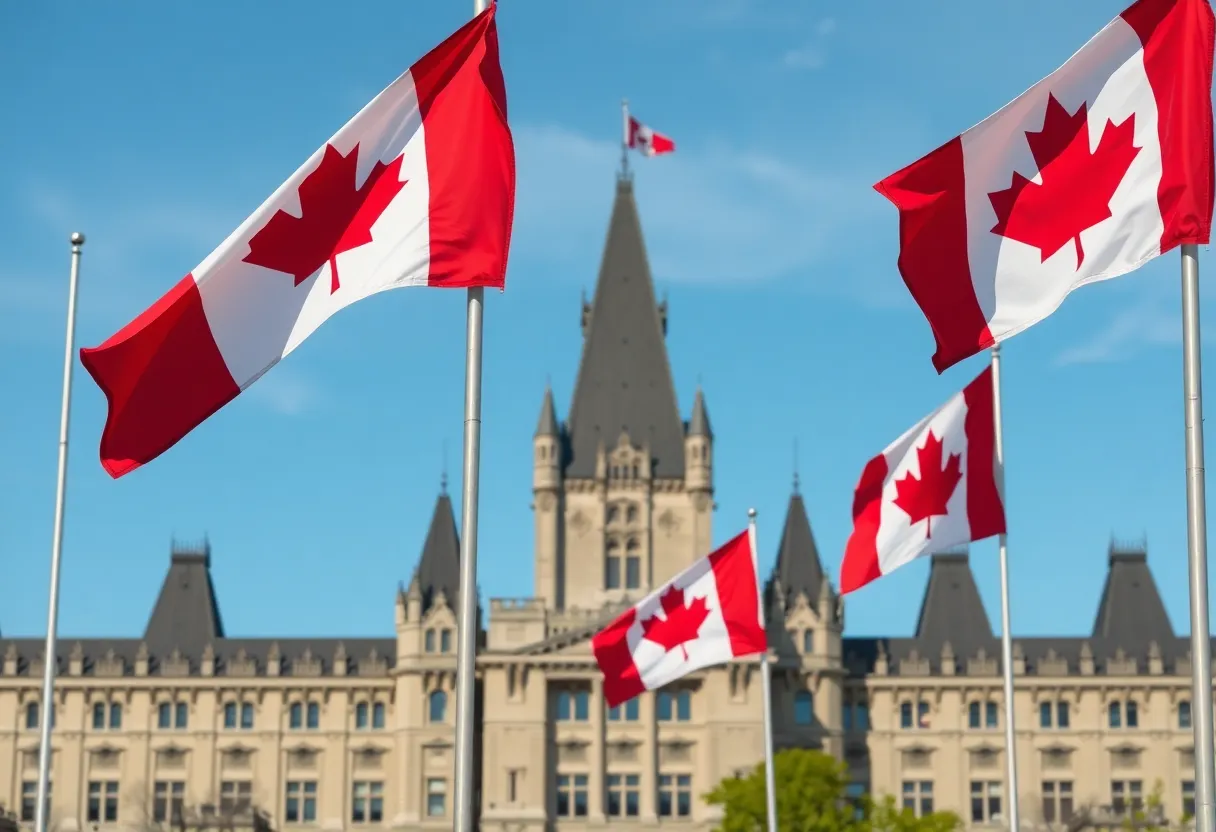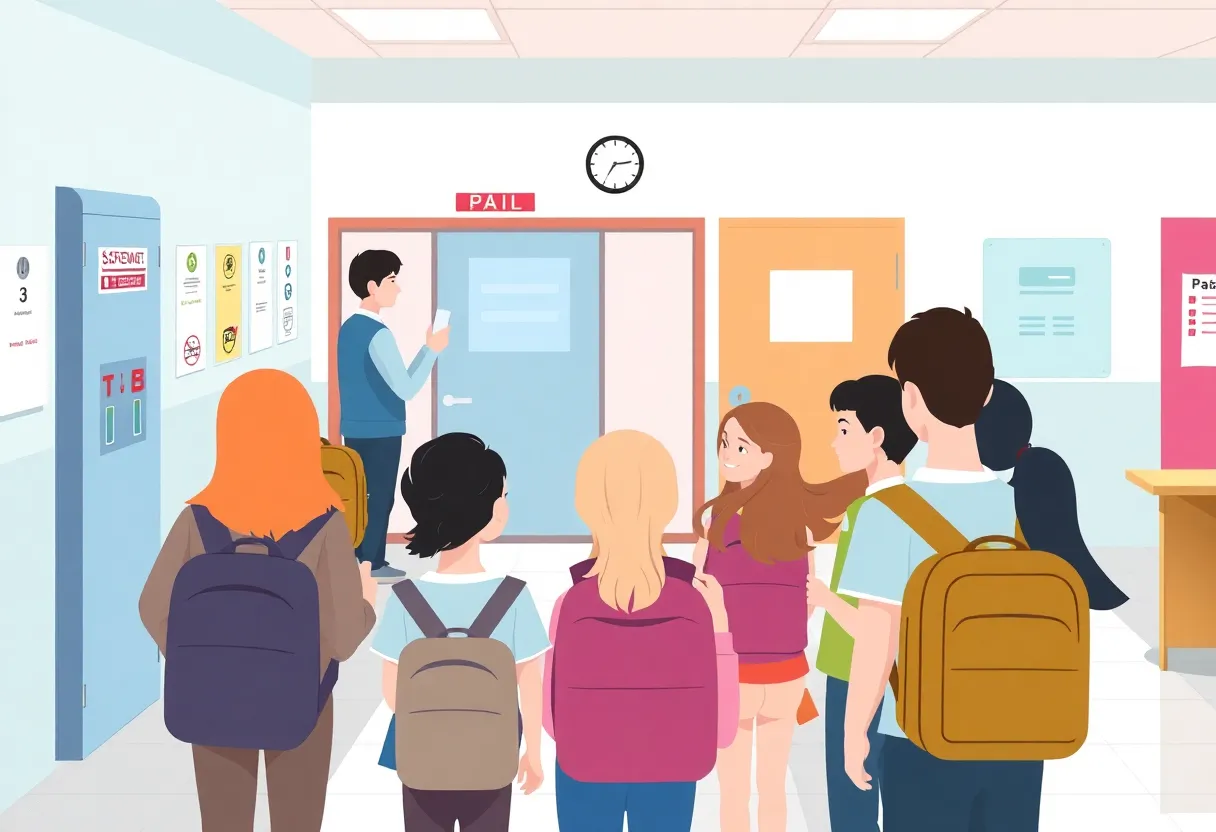News Summary
Mark Carney has been elected as Canada’s Prime Minister as of April 28, 2025, securing a fourth consecutive term for the Liberal Party. With a strong background in both international finance and economic policy, Carney has positioned himself as a crisis manager, ready to tackle pressing issues like U.S. tariffs and domestic economic concerns. His election marks a pivotal moment in Canadian politics, redefining relations with the U.S. and addressing rising national sentiments, all while focusing on economic stability and unity within the country.
Mark Carney Elected Prime Minister of Canada, Securing Fourth Straight Liberal Term
Mark Carney has officially stepped into the role of Canada’s Prime Minister as of April 28, 2025, marking a significant moment for the Liberal Party which has now secured its fourth consecutive term in office. This election has not just been about *politics*, but about navigating the tricky waters of *international trade* and *economic stability*.
Carney, who has a well-documented background, previously topped the leadership charts of two G7 central banks and spent over a decade with the prestigious firm **Goldman Sachs**. He also led the charge at **Brookfield Asset Management** and **Bloomberg**, showcasing his economic prowess. His experience couldn’t come at a better time, as he took the helm from Justin Trudeau following Trudeau’s resignation.
Campaigning on Economic Strength
Throughout his campaign, Carney emphasized his *economic track record*, presenting himself as a centrist who could help stabilize Canada amidst the currents of political upheaval. He labelled himself a “*crisis manager*” ready to shield the nation from the hot-button issue of U.S. tariffs, especially those imposed during Donald Trump’s presidency. Notably, Carney received a powerful mandate to tackle Trump’s *25% tariffs* on various goods and automobiles that have caused unease across the nation.
Mark Carney made it clear that traditional *U.S.-Canada* relations were changing. He signaled a desire to negotiate directly with Trump while being realistic about the challenges ahead. His campaign resonated with Canadians, as highlighted by fear concerning their jobs and cost of living—issues that have taken center stage in the public dialogue. The Liberal Party seized this moment, essentially positioning the election as a referendum on who could best manage relations with the *U.S.*
Response to the Changing Political Landscape
Carney’s rise in polls came at a time when the Liberal Party was trailing behind for nearly two years. Critics and analysts termed this sudden turnaround as *unprecedented*, a result not only of Carney’s leadership but also the shifting sentiments surrounding *Trump’s presidency*. The Canadian electorate expressed discontent over Trump, which birthed a swell of *Canadian nationalism*—a favorable tide for the Liberals.
The Conservative Party, led by *Pierre Poilievre*, found it challenging to adapt their strategy, appearing out of touch with voter sentiment. It was a calculated risk that didn’t pay off as Poilievre struggled to resonate with voters focused on issues stemming from Trump’s policies. Meanwhile, leader of the New Democratic Party (*NDP*), *Jagmeet Singh*, chose to resign after losing his district, signaling a shift in the political landscape.
Addressing Unity Amid Concerns
As Canada embarks on this new chapter, Carney is bridging not just political divides but also regional concerns. Recent elections have sparked discussions about potential *secession referendums* in areas like *Alberta* and *Saskatchewan*, where frustrations with the Liberal government’s focus are simmering. Carney has called for a renewed sense of unity within the country, as he recognizes that these feelings cannot be ignored.
With *cost of living* cited as the top concern by 60% of voters, alongside the consequences of Trump’s tariffs as a close second, Carney’s immediate focus will be on negotiating trade issues with the U.S. and preparing Canadians for a journey that might not be entirely smooth ahead.
To navigate these challenging waters, the Liberal Party plans to seek out new trade and defense partnerships while diversifying Canada’s automotive supply chain. As the nation gears up for what’s next, Carney’s commitment to addressing these economic and political hurdles will be more critical than ever.
In closing, it’s clear that Canada is at a crossroads, and under *Mark Carney’s* leadership, voters hope to forge a new path forward, balancing relations with a complex neighbor while maintaining domestic stability.
Deeper Dive: News & Info About This Topic
- Politico: Mark Carney Wins Canada Prime Minister Election
- Wikipedia: Mark Carney
- Politico: Trump Trolls Canada Election Day
- Google Search: Canada Election 2025
- Politico: Canada Election Analysis: Carney, Poilievre, Trump
- Google Scholar: Canada Politics 2025
- Politico: Trump Meets Zelenskyy and Pope Francis
- Encyclopedia Britannica: Canada
- Politico: US Citizen Deportation During Trump’s Era
- Google News: Trump Deportation Policy







